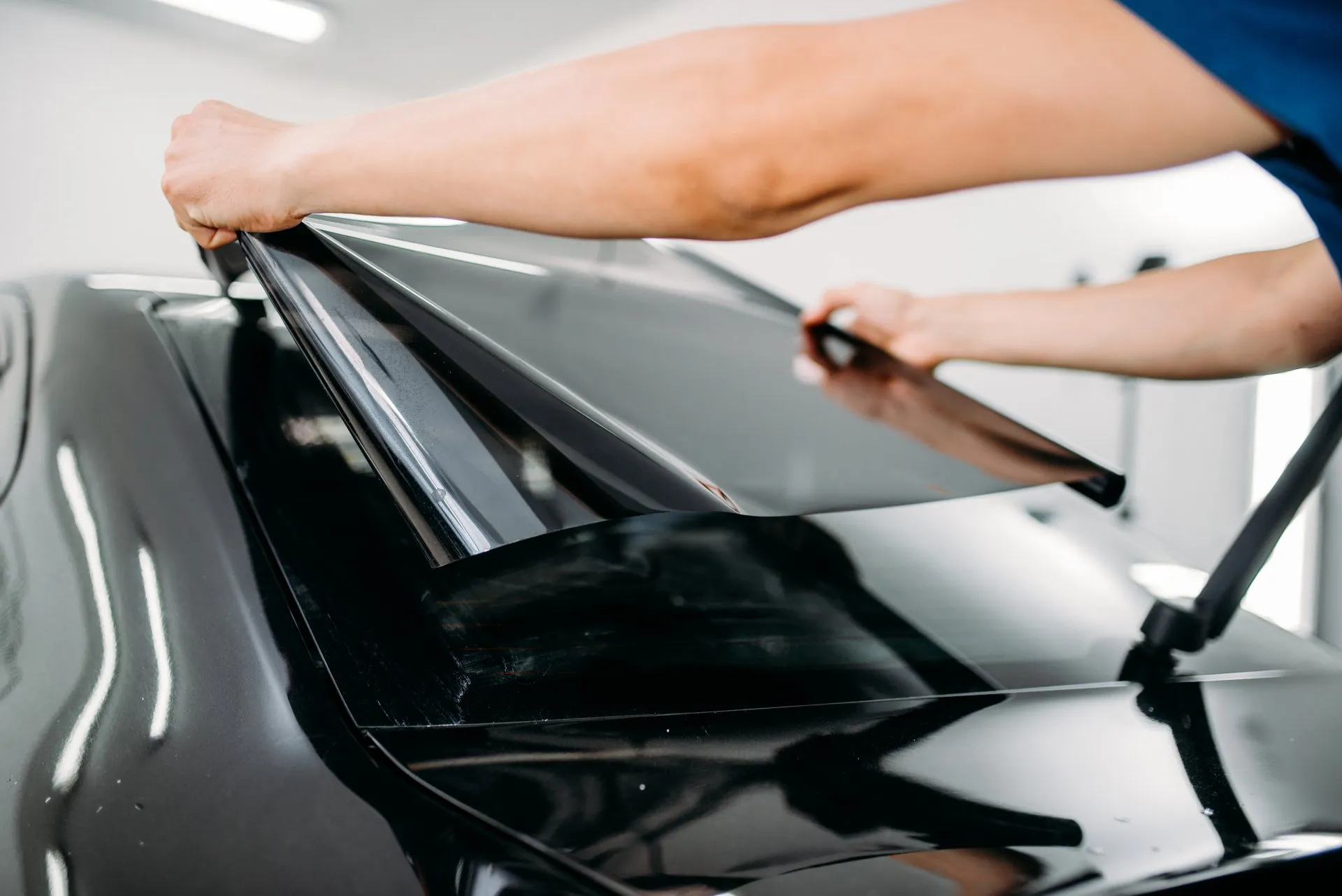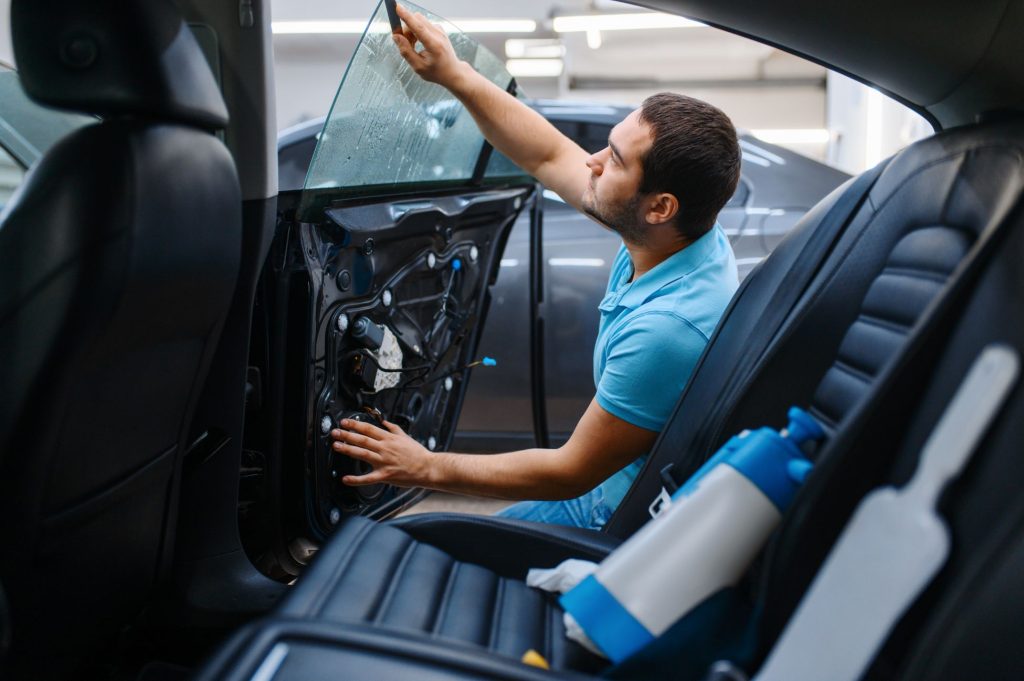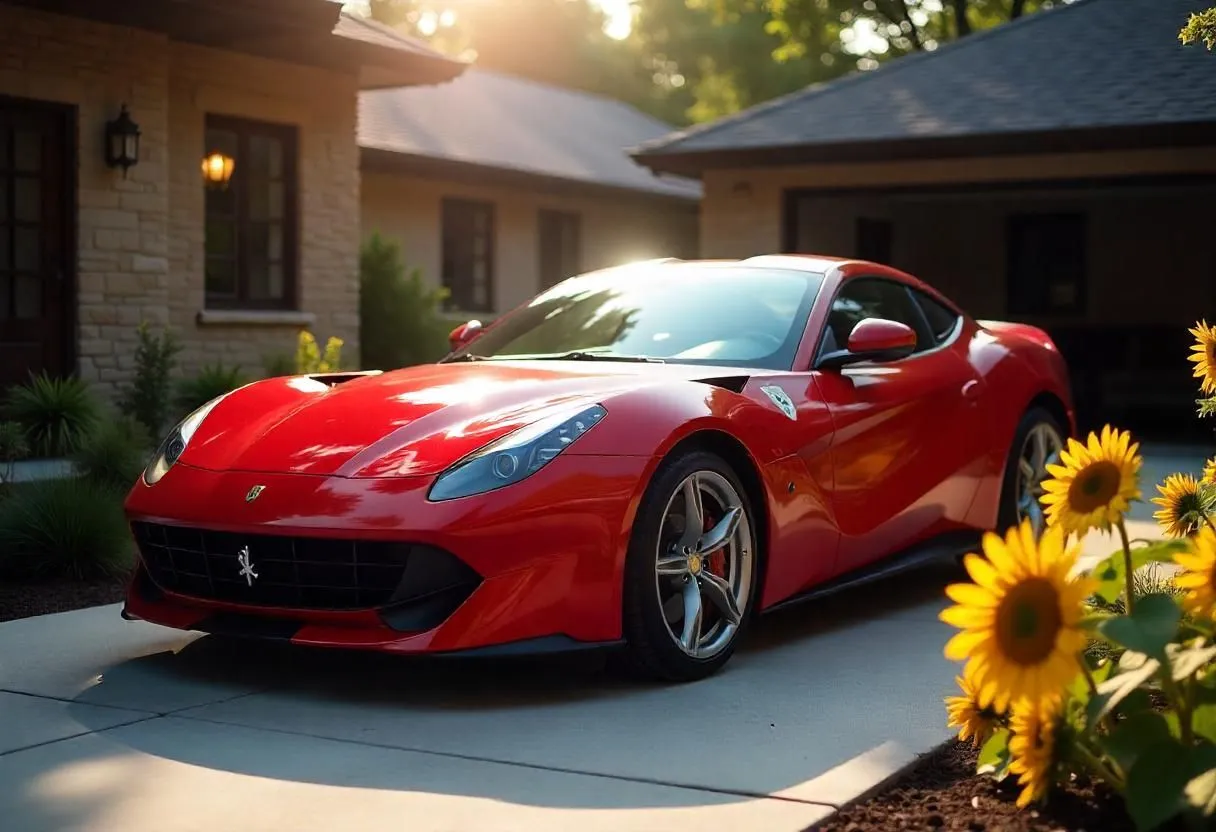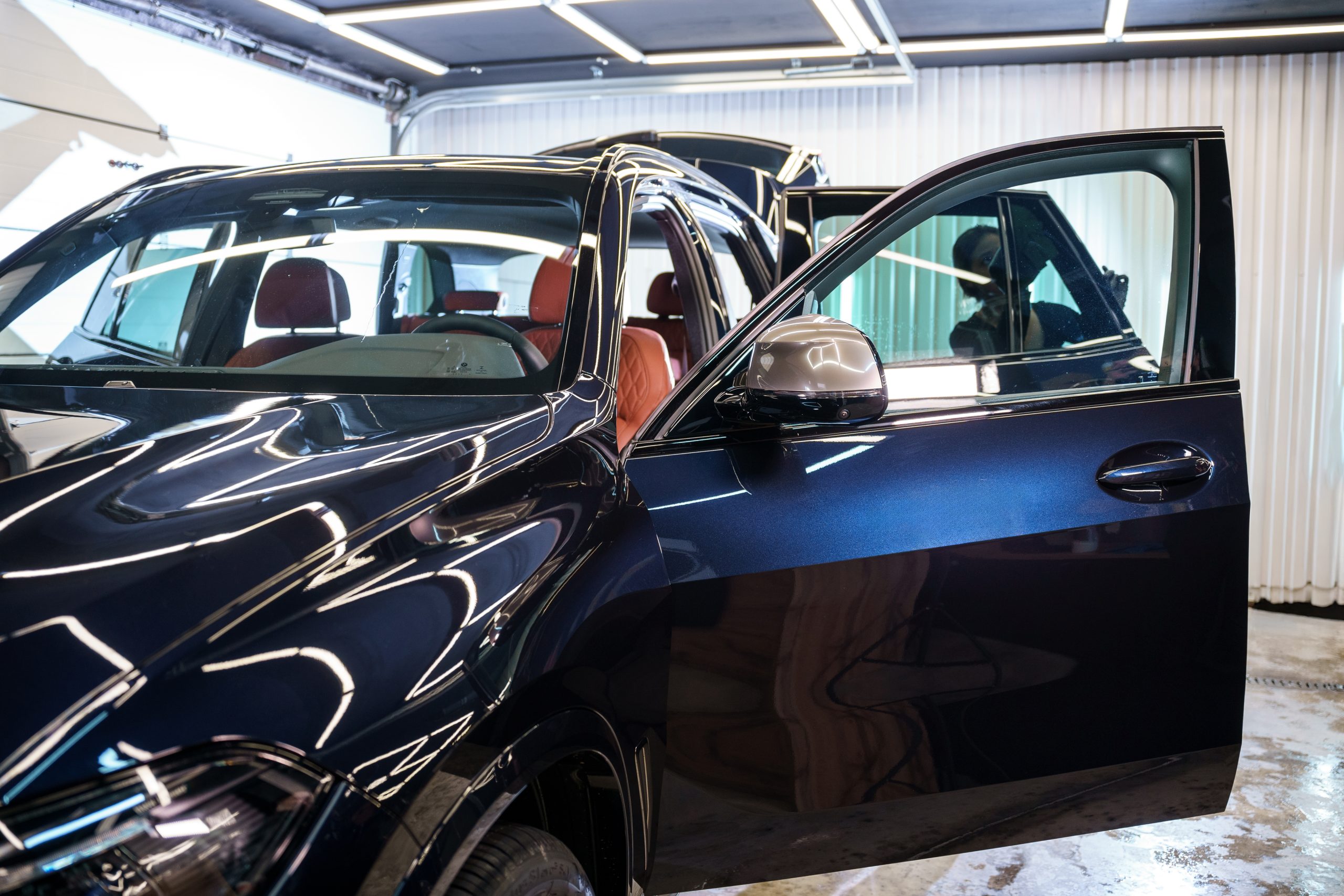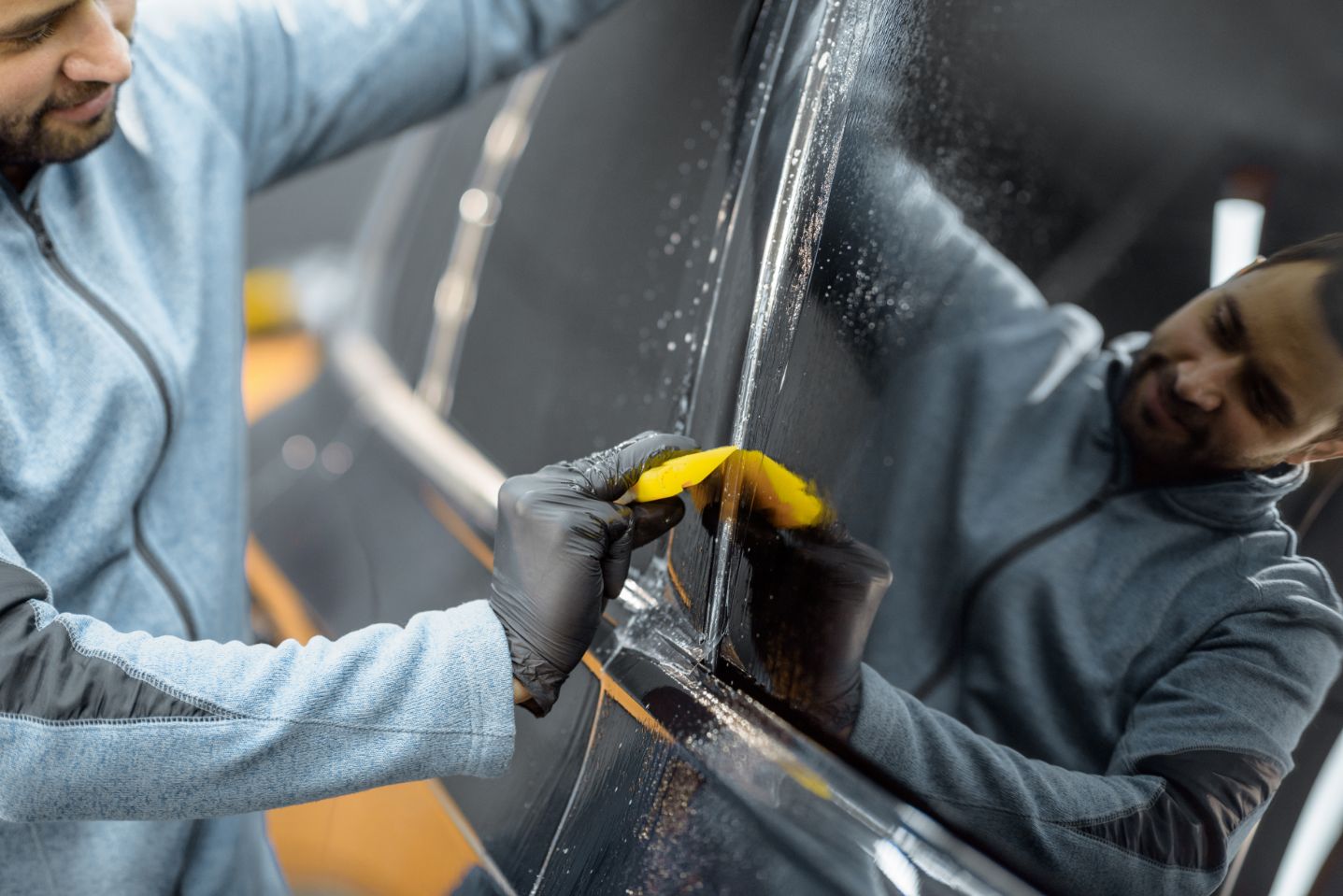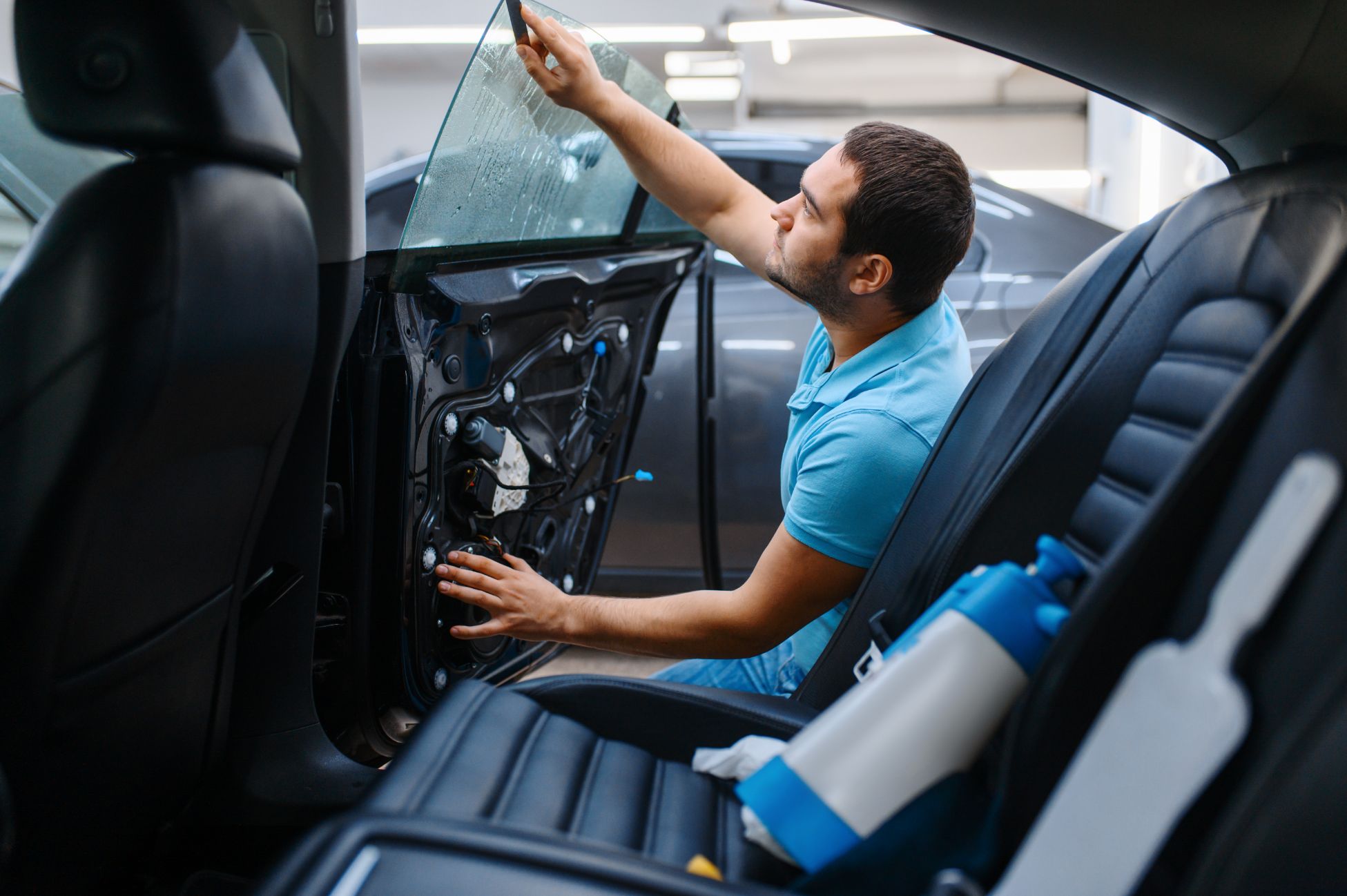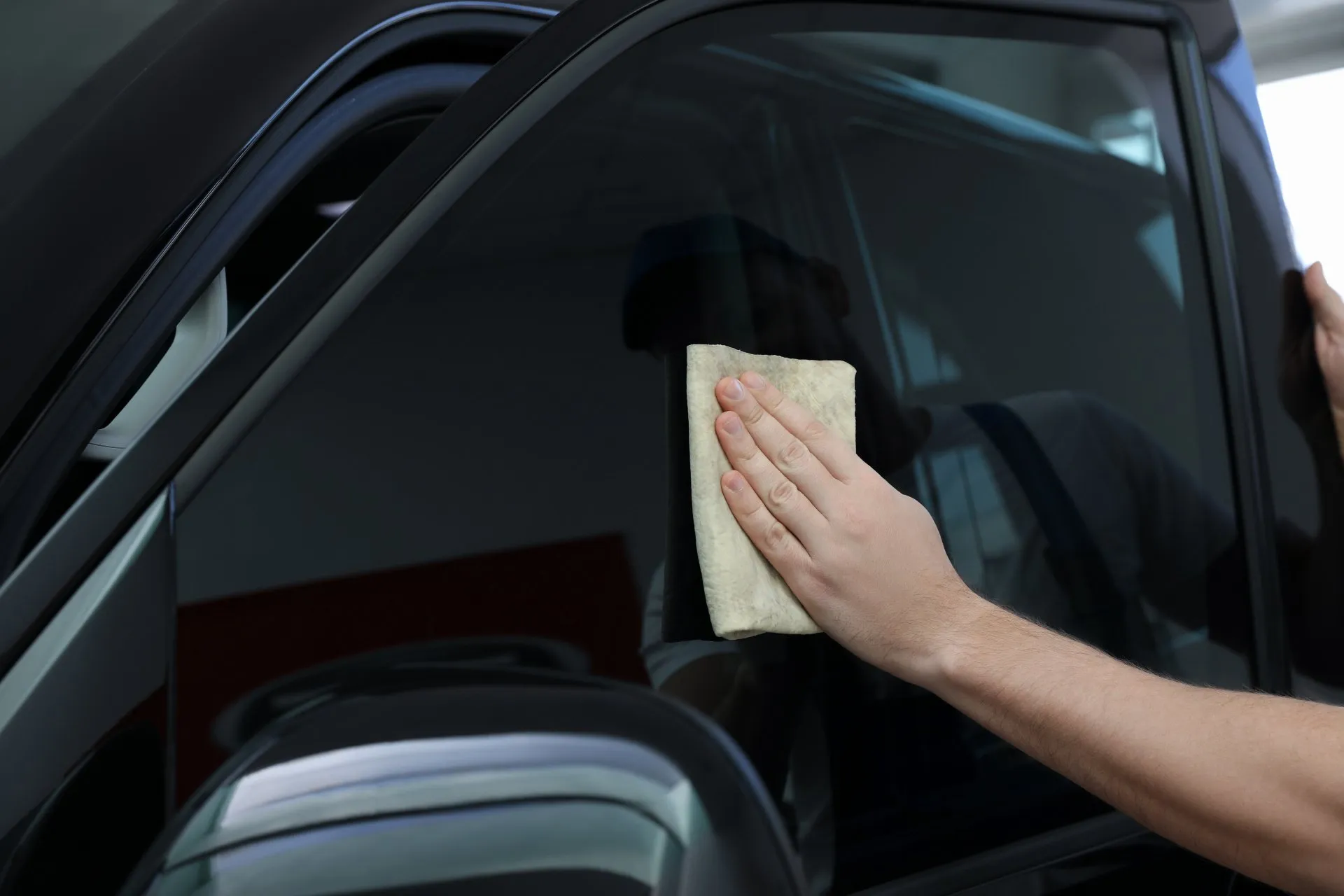
Lake Mary Window Tinting: Everything You Need to Know
If you’re a car owner or homeowner in Lake Mary, Florida, you’ve probably considered window tinting at some point. Whether you’re trying to beat the Florida heat, improve privacy, or give your vehicle or property a sleek look, window tinting offers a range of benefits. But with so many options available, understanding the process, laws, and long-term advantages can be confusing. This guide will walk you through everything you need to know about Lake Mary window tinting—from benefits and legal requirements to professional services and commonly asked questions. Why Window Tinting Is Popular in Lake Mary Lake Mary is known for its sunny weather and warm climate. While that’s great for outdoor activities, the intense sun can cause discomfort inside cars and homes. Window tinting helps reduce glare, blocks harmful UV rays, and keeps interiors cooler. For vehicles, it also adds an extra layer of privacy and can protect upholstery from fading. In residential and commercial properties, tinted windows enhance energy efficiency by lowering cooling costs—something that’s especially valuable during Florida’s hot summers. What Types of Window Tint Are Available? There are several types of window tint available, each with its own features and advantages. The most common ones include: Dyed Window Tint: A basic option that’s budget-friendly and offers decent heat rejection and privacy. Metalized Tint – Uses metallic particles to reflect sunlight. It’s more durable and offers better UV protection but may interfere with cell and GPS signals. Carbon Window Tint: Offers great UV protection and doesn’t fade over time. It’s a good choice for both vehicles and homes. Ceramic Tint: The highest quality option. It blocks UV rays and infrared light without affecting visibility or signals. It’s more expensive but provides long-term value. At Florida Tint Pros, we offer all of these options and help our clients choose the right one based on their specific needs and budget. Is Window Tinting Legal in Lake Mary? Yes, window tinting is legal in Florida, but it must follow specific guidelines. The Florida Window Tint Law sets limits on how dark or reflective your tint can be. For example: Passenger vehicles can have front side windows with a minimum of 28% visible light transmission (VLT) and rear windows with at least 15% VLT. Multi-purpose vehicles can have darker tints on the rear windows. These laws are in place for driver safety, so it’s essential to make sure your tint complies. You can read more about Florida’s tint laws on the Florida Highway Safety and Motor Vehicles website. How Long Does Window Tint Last? The lifespan of window tint depends on the quality of the material and installation. Basic dyed films might last around 3–5 years, while high-end ceramic tints can last over a decade with proper care. Professional installation and avoiding harsh cleaning chemicals can extend the life of your tint significantly. When you work with a trusted company like Florida Tint Pros, you not only get expert installation but also warranty options that give you peace of mind. Why Choose Professional Window Tinting? While DIY tinting kits are available, they often lead to bubbles, peeling, or uneven coverage. Professional installers use high-quality materials, specialized tools, and techniques to ensure a flawless finish. Our team at Florida Tint Pros has years of experience serving the Lake Mary area and is committed to delivering top-tier service. We also help clients navigate Florida’s tint laws and select the best option for their needs. According to Energy.gov, window tinting can significantly reduce energy costs by improving insulation. That’s a smart investment for any Lake Mary homeowner looking to boost energy efficiency. How Much Does Window Tinting Cost in Lake Mary? The cost of window tinting depends on the type of film, the number of windows, and whether it’s for a vehicle, home, or business. On average: Vehicle tinting can range from $100 to $400. Residential tinting usually costs $5 to $8 per square foot. Commercial projects vary widely depending on scale and materials. FAQs About Lake Mary Window Tinting 1. How long does it take to tint my car windows?Most car window tinting jobs can be completed within 1–2 hours, depending on the number of windows and the type of tint. 2. Can I wash my car right after tinting?It’s best to wait at least 3–5 days before washing your car to allow the tint to fully cure. 3. Will the tint fade over time?Lower-quality tints may fade, but premium films like ceramic or carbon are designed to be fade-resistant. 4. Can I remove or replace my window tint?Yes, tint can be safely removed or replaced by professionals without damaging the glass. 5. Does window tinting come with a warranty?Yes, at Florida Tint Pros, we offer warranties based on the type of film you choose. 6. Is tinting only for cars?Not at all! We provide residential and commercial window tinting services to help reduce heat and improve energy efficiency in buildings. Final Thoughts Window tinting in Lake Mary is more than just an aesthetic upgrade—it’s a practical investment that boosts comfort, energy efficiency, and privacy. Whether you’re considering tinting your car, home, or office, it’s important to work with professionals who understand local regulations and offer high-quality materials. At Florida Tint Pros, we’re proud to serve the Lake Mary community with expert window tinting services. Visit our website today to learn more, request a quote, or book your appointment.

